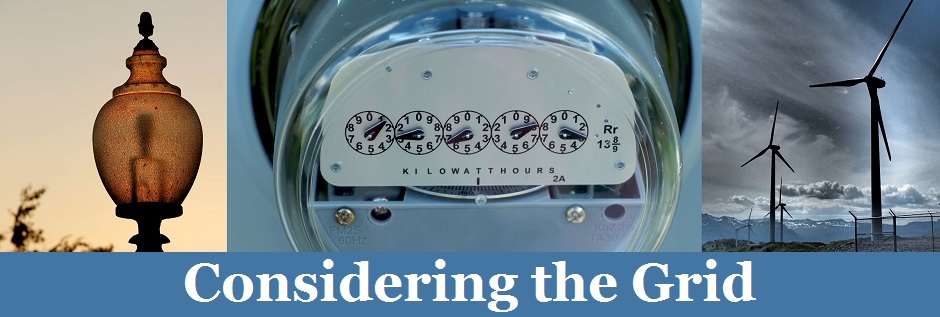The information contained in Considering the Grid is provided for informational purposes only and should not be construed as legal advice. Spiegel & McDiarmid expressly disclaims all liability in respect to actions taken or not taken based on any or all the contents of this site. Continue reading

Subscribe to Blog via Email
Search Past Posts
Tags
- 5th Circuit
- ACE
- Agency guidance
- Annual Energy Outlook
- Arctic
- Army Corps of Engineers
- Behind-The-Meter Generation
- Budget
- CAISO
- California
- carbon
- Carbon Pricing
- Carbon tax
- CCS
- CEIP
- CEQ
- Clean Air Act
- Clean Power Plan
- Climate
- Climate Change
- Coal
- Coal ash
- Comments
- Commerce
- Communities
- Compliance
- Congress
- CPP litigation
- CSAPR
- Cybersecurity
- D.C. Circuit
- Demand Response
- Department of Defense
- Distributed Energy Resources
- DOE
- DOI
- EIA
- Electric grid
- Electric industry
- Electricity
- Electric vehicles
- Energy efficiency
- Environment
- EPA
- ERCOT
- Executive Orders
- Federal Agency Reports
- Federal Courts
- Federal Power Act
- Federal Register
- FERC
- Financing
- FIP
- Fuels
- GHG emissions
- Global energy
- Grid Modernization
- HAP
- Hawai'i
- Health
- Hydro
- Infrastructure
- Initial Submittal
- International
- ISO New England
- Jobs
- Judicial review
- Keystone XL
- Marine
- Market rules
- Mass-based
- Massachusetts
- MATS
- Methane
- MISO
- Modeling
- NAAQS
- NACAA
- NARUC
- Natural Gas
- NEPA
- NERC
- Net Metering
- New York
- NSPS
- Nuclear
- NYISO
- Oil
- Paris Agreement
- Performance Based Regulation
- PJM
- President
- QER
- Rate-based
- Rate design
- Regional Haze
- Reliability
- Renewables
- Resilience
- RICE
- Rulemakings
- SIP
- Solar
- SPP
- State goals
- State PUCs
- State regulation
- Stay
- Storage
- Supreme Court
- Tax
- Technology
- Trading
- Transparency
- Transportation
- Tribes
- United Nations
- Utility Planning
- Water
- Webinar
- White House
- Wind
- World Bank

NARUC Issues Draft Manual on Distributed Energy Resources
Last week, the National Association of Regulatory Utility Commissioners (NARUC) released a draft Manual on Distributed Energy Resources (DER) Compensation. The manual is intended to provide state regulators with possible options for developing policies relating to compensation for DER.
The draft manual outlines six methodologies that regulators could consider, either individually or in combination:
NARUC is soliciting comments on the draft manual and plans to release a final manual in November 2016. Comments can be submitted through close of business September 2, 2016 to responses@naruc.org.
Related